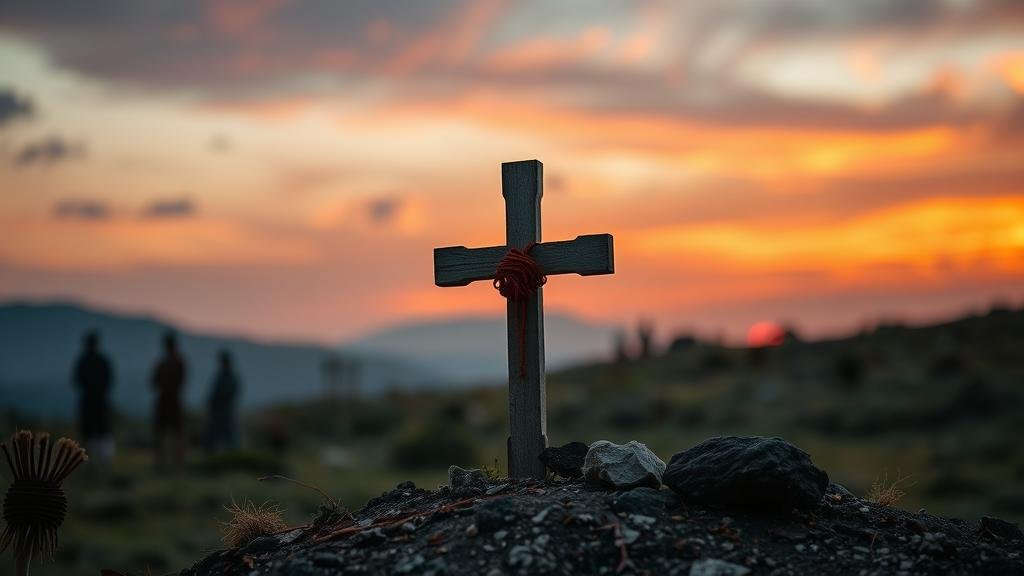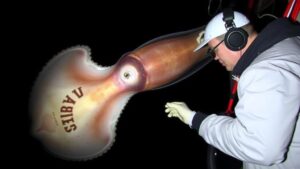The ethical debate surrounding the recovery of relics from indigenous lands.
The Ethical Debate Surrounding the Recovery of Relics from Indigenous Lands
The discussion surrounding the recovery of archaeological relics from indigenous lands is a complex tapestry woven from threads of history, ethics, and cultural heritage. Relics, which include artifacts, human remains, art, and sacred objects, represent not just physical items but the cultural identity and ancestral heritage of indigenous peoples. This article explores the multifaceted ethical dilemmas inherent in the recovery of such relics, providing insights into legal, cultural, and historical dimensions of the issue.
Historical Context
The recovery of indigenous artifacts can be traced back to colonial times when Western powers often removed cultural items from their original contexts. For example, during the late 19th century, thousands of Native American artifacts were excavated from burial sites and sacred places across the United States, with little regard for the beliefs of indigenous peoples. This practice disrespected not just the sanctity of these sites but also the cultural narratives attached to them.
In many cases, institutions such as museums and universities became the custodians of these artifacts, presenting them as objects for study rather than as vital pieces of indigenous history. For example, the Peabody Museum at Harvard University holds thousands of indigenous artifacts, prompting debates about their rightful ownership and the ethics surrounding their display.
Legal Framework
The legal landscape governing the recovery of indigenous relics is complex and varies significantly from country to country. In the United States, the Native American Graves Protection and Repatriation Act (NAGPRA) of 1990 aims to address these issues by requiring federal agencies and institutions that receive federal funding to return certain cultural items to their respective tribes. This act establishes a framework for the return of human remains, funerary objects, and sacred items, but implementation has been inconsistent.
- As of 2020, around 24,000 Native American cultural items were in museum collections, many of which have not been repatriated.
- In Australia, the Aboriginal Heritage Act protects significant sites and requires consultation with indigenous peoples about relics taken from their lands.
Cultural Significance and the Argument for Repatriation
Many indigenous communities argue that relics and artifacts recovered from their lands are integral to their cultural identity and spiritual practices. For example, the return of the Gweagal Shield to the Aboriginal community in Australia represents not only a physical reclamation but also a restoration of cultural dignity. shield, taken during Captain Cooks landing in 1770, was returned in 2020, highlighting the importance of repatriating cultural items to their rightful context.
Also, the act of repatriation can serve as a form of healing for indigenous communities who suffered cultural disruptions due to colonization. Repatriation fosters a renewed engagement with cultural practices and traditions, enabling younger generations to connect with their heritage.
Counterarguments and Concerns
- For example, the British Museum, which houses over 1 million objects worldwide, believes in the importance of accessibility for global education.
- The concern also arises that some indigenous groups may lack the resources or expertise to correctly conserve and display relics without damage.
Plus, there is apprehension about the potential misuse of restored items for economic gain or non-educational purposes. e concerns highlight the need for grassroots discussions involving indigenous stakeholders in any repatriation processes.
Real-World Applications: Successful Repatriation Cases
Globally, various successful repatriation cases illustrate effective collaboration between museums and indigenous communities. One notable instance is the return of the Gweagal Shield, as mentioned earlier, which demonstrated a commitment to rectifying historical injustices while empowering the indigenous community.
Another significant case involves the return of MÄori skulls from European institutions to New Zealand. After decades of advocacy, the University of Edinburgh returned 70 skulls to MÄori activists in 2020, a decision that has since encouraged further repatriation efforts globally.
Conclusion
The ethical debate surrounding the recovery of relics from indigenous lands continues to evoke strong opinions on both sides of the argument. As we navigate this complex landscape, it is essential to recognize that the resolution lies in dialogues involving indigenous voices and stakeholders. Through collaborative efforts and respectful approaches, a path forward can be created that values both the preservation of cultural heritage and the rights of indigenous peoples to their ancestral belongings. Ultimately, the commitment to ethical practices in the field of archaeology can guide future generations in honoring and respecting the stories these artifacts tell.



